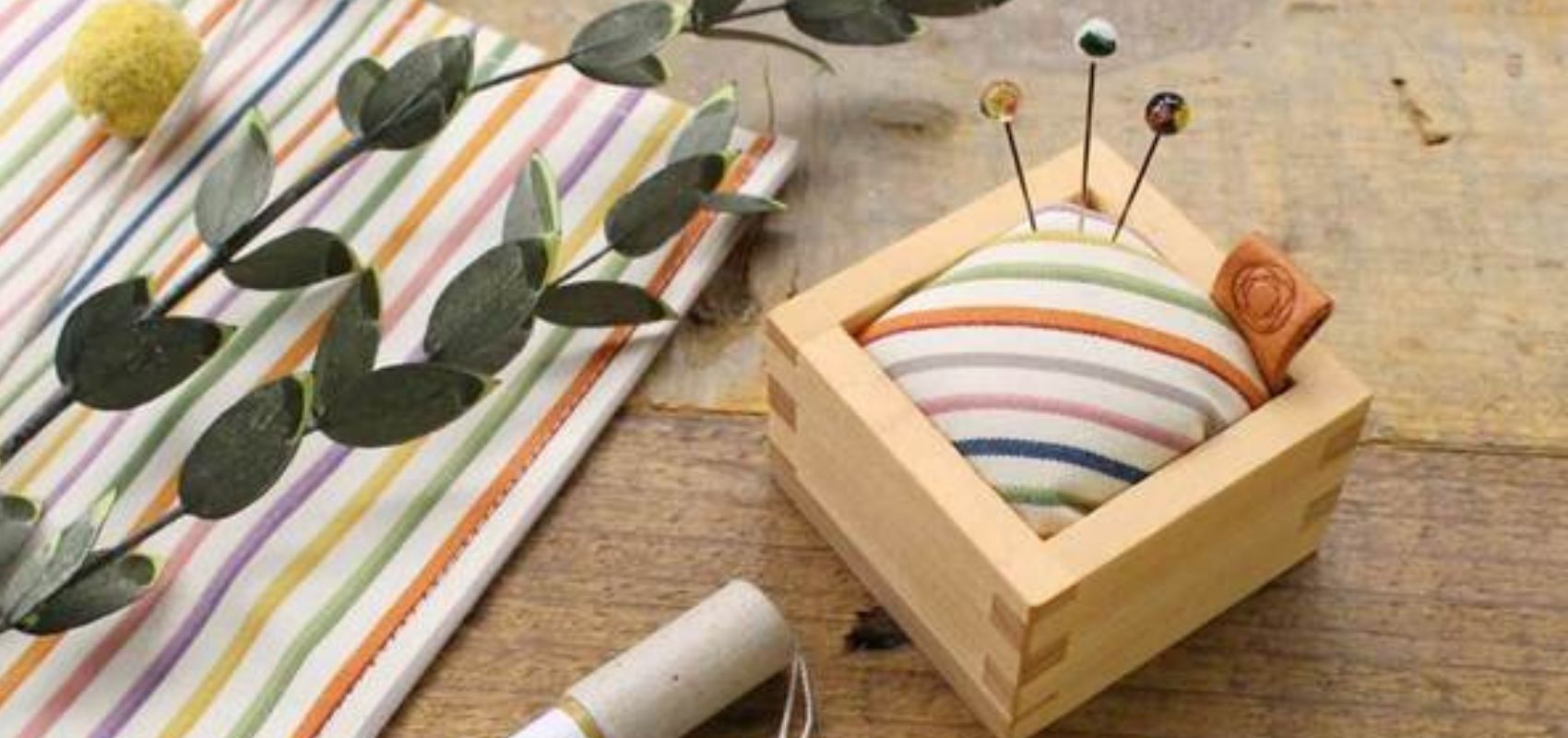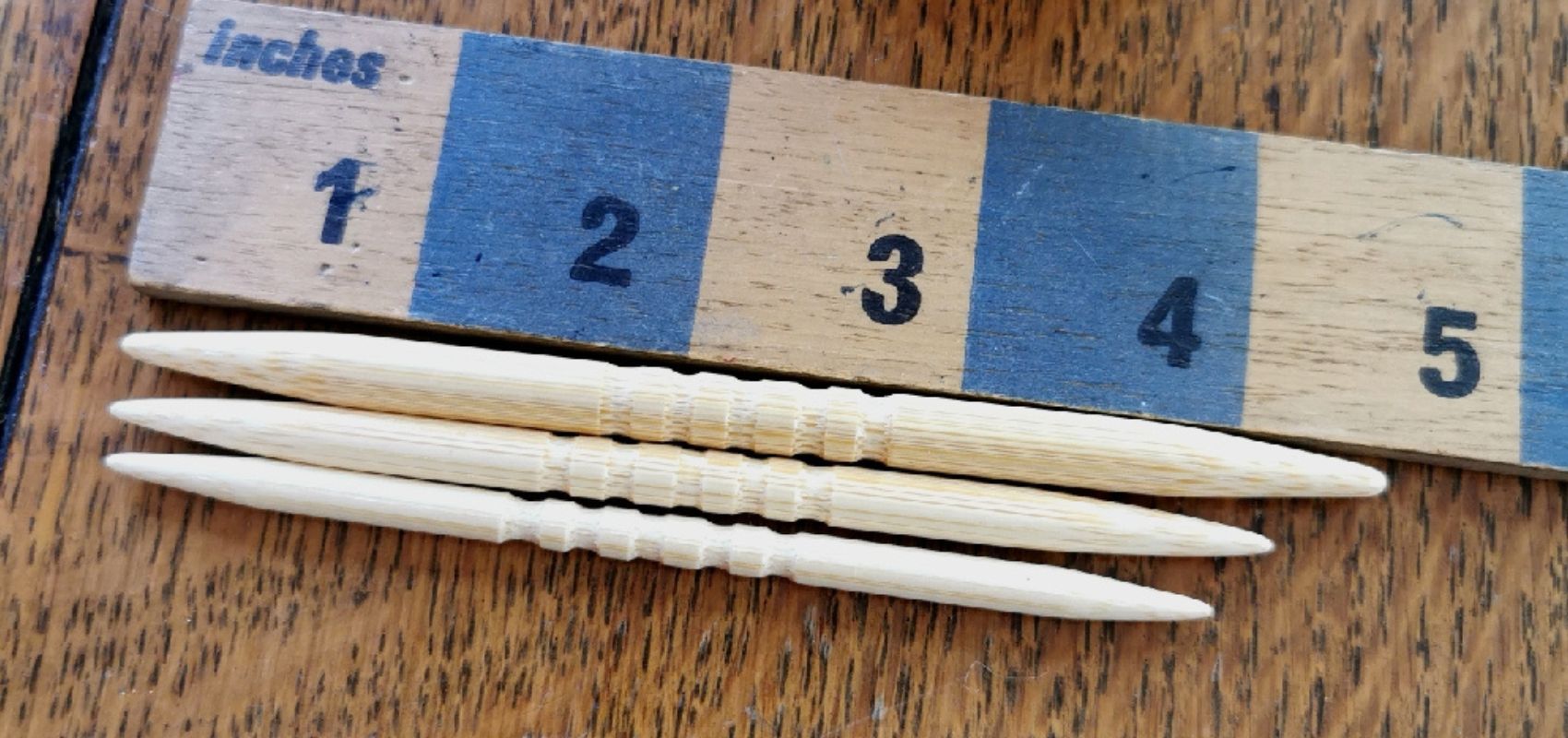100 Acts of Sewing July 19 - Week 4 Sponsor - Dovetailed
So I can't believe we are here at Week 4 already!
A big hello and thank you to Adaku Parker and her business Dovetailed for being one of our sponsors this week!
Adaku sells the most beautiful wax print or Ankara fabric and is offering a wonderful prize to one of our 100 Acts of Sewing July winners this week (more details below). PLUS a discount code for you dear readers!
I met Adaku at the Festival of Quilts last year (and we're both back there next week!) and was bowled over by the gorgeous prints on her stall and her enthusiasm for fabric. Finally I've managed to find out a bit more about the story behind Dovetailed and these vibrant designs.

You had a career as a barrister for almost 20 years and found sewing through night classes whilst you were on maternity leave - the two are so different! What's been the hardest thing about embarking on this new journey of running your own textile business?
Firstly, I’d just like to say thank you for choosing me as one of your sponsors. I’m
really looking forward to being a part of 100 Acts of Sewing July.
The journey from criminal Barrister to running a textile company has not been that hard. I am surrounded by absolutely beautiful fabrics, I am a part of an amazing online sewing and crafting community, and when I am at shows and events, I meet some of the most wonderful people and get to talk fabric and sewing for days on end! All in all, I have a great job. Running a textile business is very different some ways from being a criminal barrister but in other ways the two are really quite similar and, surprising though this was to me in the early days of my business, I continue to draw upon many of the skills I developed as a barrister as I move the business forward.
What I mean by this is that the work ethic I needed at the Bar is pretty much the same as the one needed in my business. In other words, I work hard, I focus and, when things are not going as planned, I learn the lessons and move on. Occasionally, I am plagued by ‘imposter syndrome’. It’s this feeling that I shouldn’t be doing this, and that I should just go back to the Bar, or, in other words, that I should stick to what I know! When this happens, I remind myself that although I may be a late comer to the party (sew to speak – couldn’t resist), I have learnt and taught myself so much since learning to sew in late 2016.
An interesting similarity is the curious use of language. At the Bar, we understand that we speak a different language, we call it legalese, like jargon. But guess what? Sewers also have their own language. Much of it is French in origin (notion, button, peplum). I was, and am, completely fascinated by the language of textiles and feel completely at home surrounded by all this jargon. I figured that out pretty early on and that knowledge gave me a total respect for the textile industry which then shaped the way I approached the business.
The African Wax Print designs that you sell have a complex cultural history - can you tell us a bit more about it?
The African wax print designs do have a complex cultural history. I have done hours of research on the topic and my current view (although the research and the learning continues) is that it is difficult to fashion one comprehensive narrative with regards to this history.
The term ‘African wax print’ is a term of art used to identify a category of textiles in vibrant colours which are printed by machine using wax resins and dyes so that they have a batik-like effect on both sides of the fabric. The method is called wax-resist dying because the wax ‘resists’ the dye from penetrating the entire cloth. This is how the patterns are made. African Print Fabric has several names across Africa, including Abada, Ankara, Real Wax, Superwax, Veritable Java Print, Wax Hollandais, Uniwax, Ukpo, Chitenge, Genuine Amsterdam, Vlisco and African Printed Textiles. Some of these are brand names and others the names of manufacturers. These fabrics have a somewhat glossy, stiff, waxy finish. The patterns can represent proverbs, poems and traditional African fables while the colours can represent social standing, age, tribal orientation and marital status.

Whilst the term refers more specifically to West Africa, the term ‘African print’ perhaps unintentionally gives the impression that all African fabric is wax print, when it is not. Prior to the industrial age, (traditional) fabric / cloth across the African continent was and incredibly varied: there is indigo-dyed cloth from Senegal, Adinkra and Kente cloth from Ghana, Adire cloth and Asoke fabric from Nigeria, Kitenge from Tanzania and, of course, not forgetting Shwe Shwe from South Africa. Many of these fabrics are hand woven or hand-dyed and, therefore, are not wax printed at all.
At the same time that Africans were making, wearing and trading their fabrics across the continent, the export of cloth from the UK to Africa begins at around the seventeenth century, when it was exchanged for goods or used as currency. This really began the European textile trade into Africa. In the eighteenth century, machine-made textiles, also known as ‘Manchester cloth’, were some of the leading export commodities sold in Africa. During the mid-nineteenth century, the European textile trade in Africa changed. What we call ‘African’ wax print first came to Africa in the form of wax fabric which originated in what was then the Dutch East Indies, now Indonesia. Indonesians had for centuries created batik designs by applying wax to a cloth, and then dying over that wax to create a pattern. The Dutch later developed a mechanical method of applying resin to both sides of cotton cloth. This machine-made version of the fabric had a “crackle” effect as a result of the resin cracking and dye seeping into the cracks. These cracks remain visible in the fabric as small lines and dots after the resin has been removed.
The Dutch were unable to sell their machine-made wax fabric in Indonesia, where it was regarded as imperfect, while the bold, repeating, intricate motifs held little appeal in Europe. At the same time, the Dutch colonial army had enlisted Ghanaian soldiers to assist in quelling local uprisings in Indonesia. These soldiers took a liking to Indonesian batik and returned home with the fabric. Later, when Dutch traders brought machine-made wax print fabric to West Africa, it was immediately popular and soon adopted as a part of West African culture. Unlike Indonesians, West Africans regarded the crackles as unique and special rather than as imperfections. The West African fondness for the crackle effect is so pronounced that wax manufacturers today still program these imperfections into the printing process.

The Dutch made fabrics were so popular that the UK, Swiss, and French textile firms soon followed. Whilst these firms sought out existing African designs that could be wax printed on cloth, those European firms, more latterly, also designed prints that were a nod to our more post-modernist world with prints that include umbrellas, radios, electric fans, mobile phones and cameras are often overlaid onto floral or other geometric shapes.
Today, the Dutch company Vlisco still produces vast quantities of African wax print but their share of the market is a mere 8% compared to 71% market share to Asian companies and 21% to African companies.k
Your business is relatively new but seems to be thriving - what's been your best moment of Dovetailed so far
There have been so many great moments to date and it is difficult to pick one that stands out above the rest but I am perhaps most proud of my first sewing pattern Althea which has been available to buy since May. I learnt pattern drafting in 2017 and find it really enjoyable. Getting to grips with some of the more technical aspects of it is hugely satisfying. I decided to bring out a range of sewing patterns as I saw there was a need for sewing patterns that were specifically designed for wax prints.
The first in the range is ‘Althea’ and the second pattern should be available in time for FOQ (no pressure!) ‘Althea’ is an A-line skirt with an elasticated waistband and ‘huge’pockets. It’s a perfect project for wax print and for beginners.
How did you come up with the name Dovetailed?
I came up with the name when playing around with the word ‘dovetailing’. Dovetailing is a term used in dressmaking to describe the way in which you can lay pattern pieces when using fabric that does not have a nap / nape or an up or a down (for example, poly cotton). When using these sorts of fabrics to make garments, you can ‘dovetail’ your pattern pieces to ensure a more economical use of the fabric and that is how I came up with the name. I always enjoy seeing people’s amazing ‘makes’ on sewcial media (sorry!), but more than this, I am also completely fascinated by the construction of the garment. Patrick Grant from the Bee, will often describe a particular garment as being a ‘feat of engineering’.
It may sound like hyperbole to some but the truth is that clothes making is difficult. A Nigerian tailor I used to work with used to say [about garment construction]: ‘‘You have to use your brain” and, you The name ‘Dovetailed’ is also me wishing to convey that I am firstly a ‘sewist’: It’s in my blood. My business isn’t just about selling fabric, I also give tips to help people choose the best fabric for their projects.

my Skirt No 1 (lengthened) in a stunning red print
And what's next for you and the business?
Honestly, Dovetailed is work in progress. I am so grateful for everything I have achieved so far with the business and I thank everyone who has spends their hard earned money on my products, but I don’t believe in overnight success stories. It takes hard work, focus and discipline to run a business. If there is one thing I take a great deal of satisfaction from, it’s the role I play in giving people the tools they need to make their own clothes.
There’s something very healing about sewing. Apart from working wonders on our mental health, it’s also good for the environment (if you have made it yourself, it’s less likely to be thrown away). Even if you are unhappy with the finished product, you will be able to work out how to unpick and alter or start again entirely if need be. I am proud to be a part of that.
A massive thank you to Adaku for sponsoring. She is also kindly offering a 10% online discount with the code
BMDT100
until 23.55 hrs 31.7.19 so grab yourself some beautiful fabric for the summer!
And to take art in 100 Acts of Sewing July Week 4 on Instragram.....
Always use the hashtag #100actsofsewingjuly19 – THIS IS VERY IMPORTANT!!
plus follow and tag @beyond_measure_uk plus our sponsors this week
@inthewoolshed @dovetailedlondon
To win a selected fabric prize from @Dovetailed, post a hack on the 100 Acts of Sewing pattern #Dressno1, #Dress No2 or #Dress No3. A hack is your own take or variation using the original pattern as a base. It can be as simple or as complicated as you like.
Please post by 9am GMT Monday 29th July to enter Week 4.
See the blog in (link in my highlights) for full details and how to take part in the 100ActsofsewingJuly Facebook Group






















Leave a comment